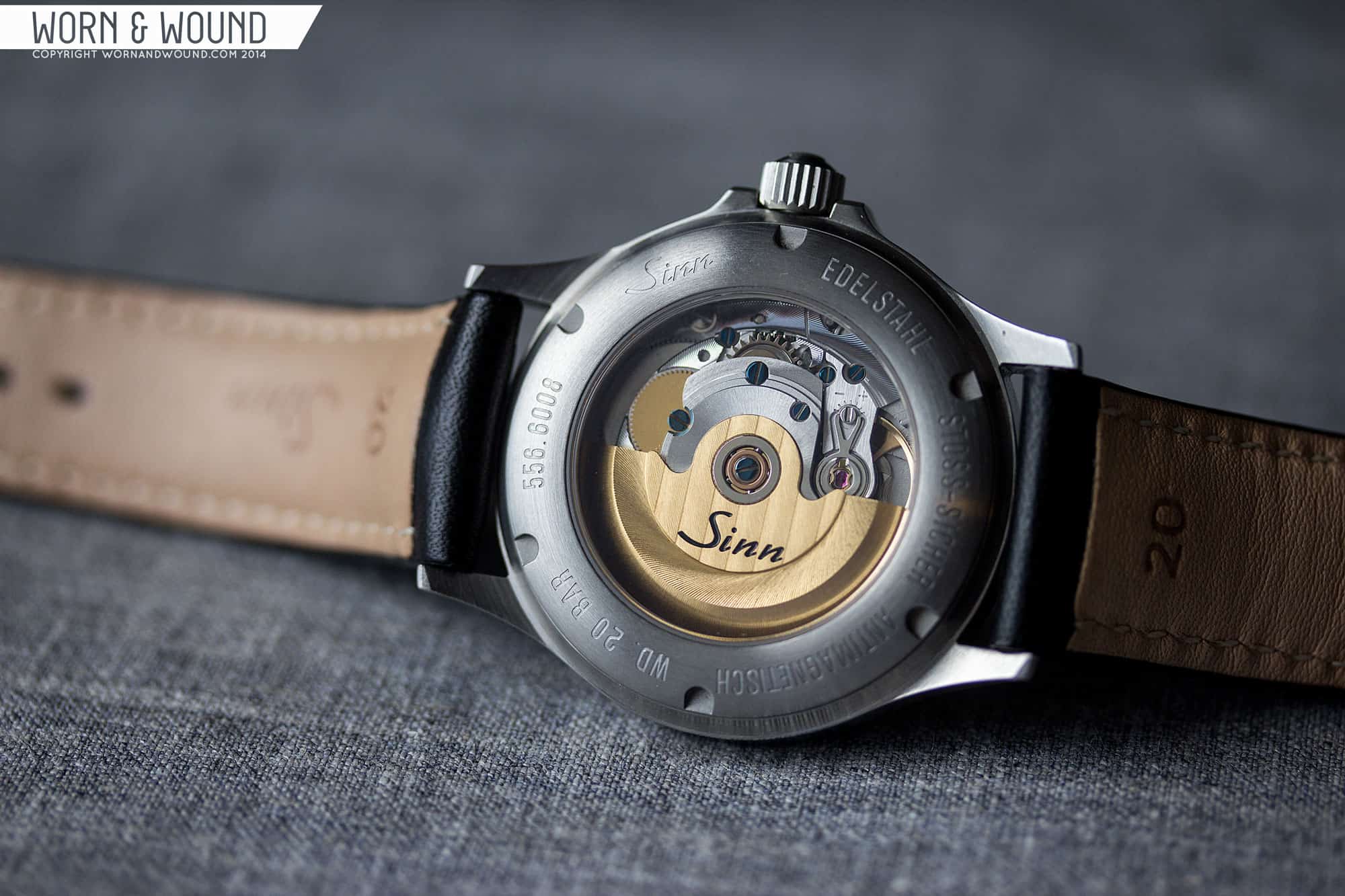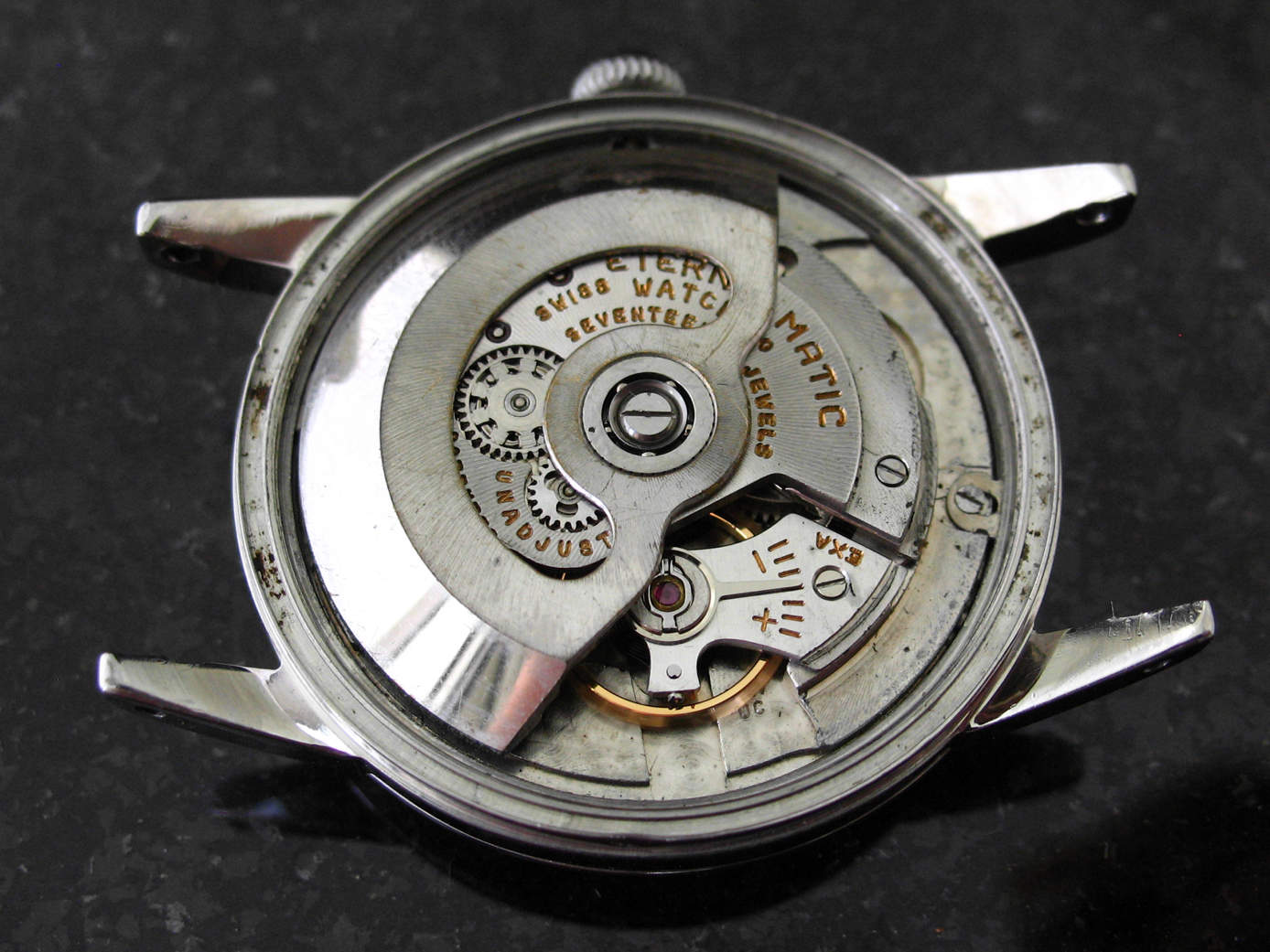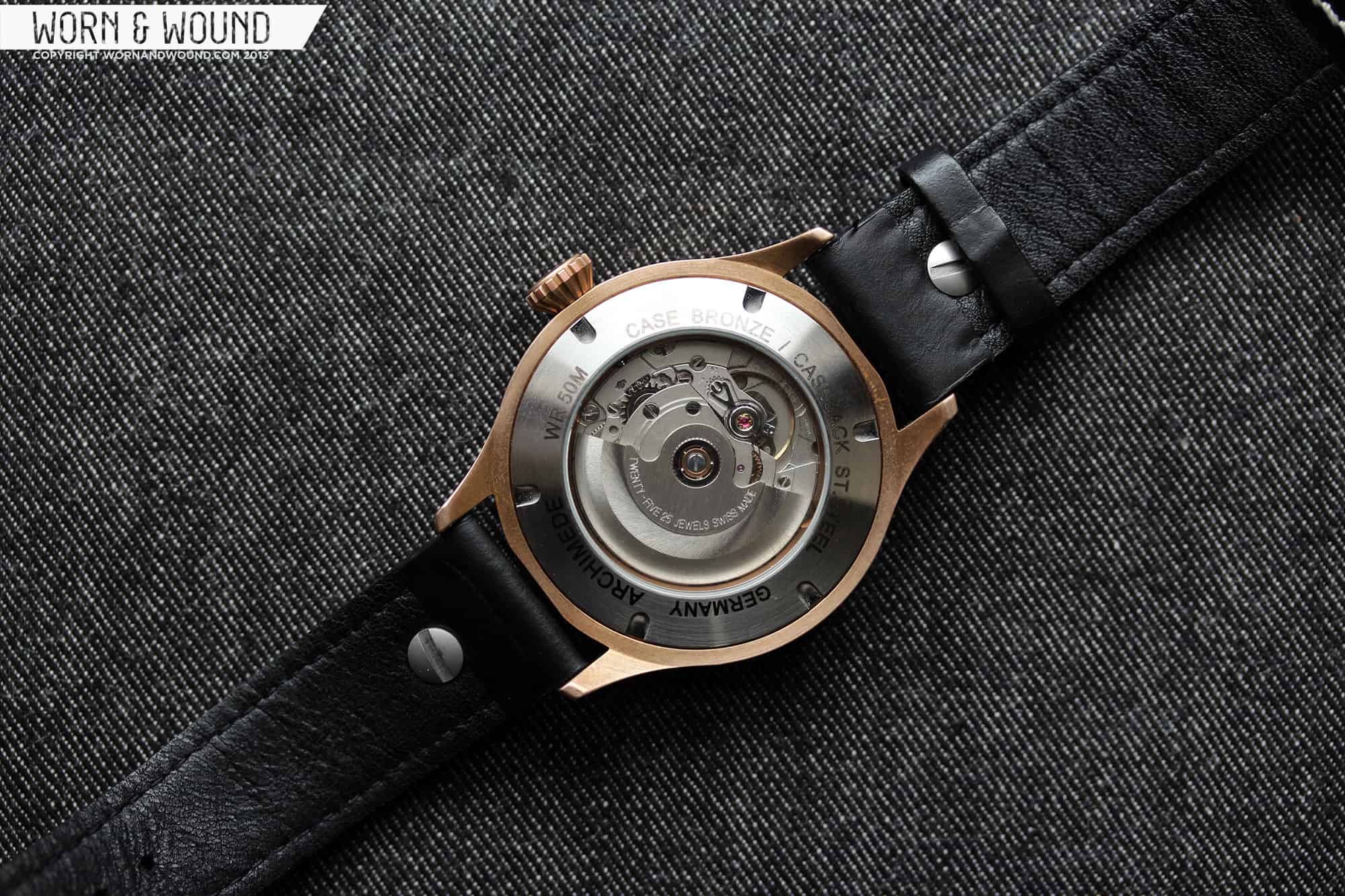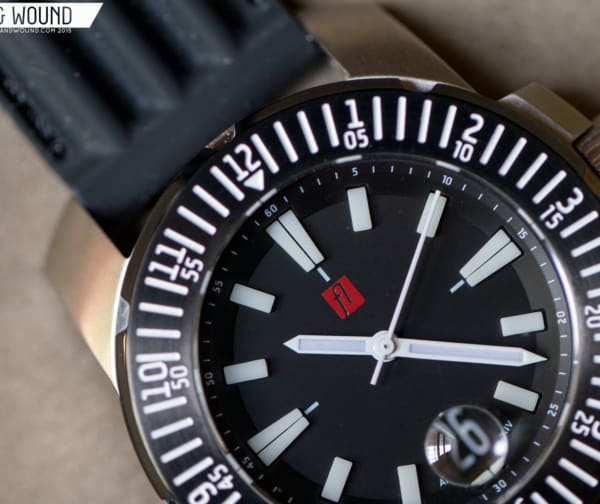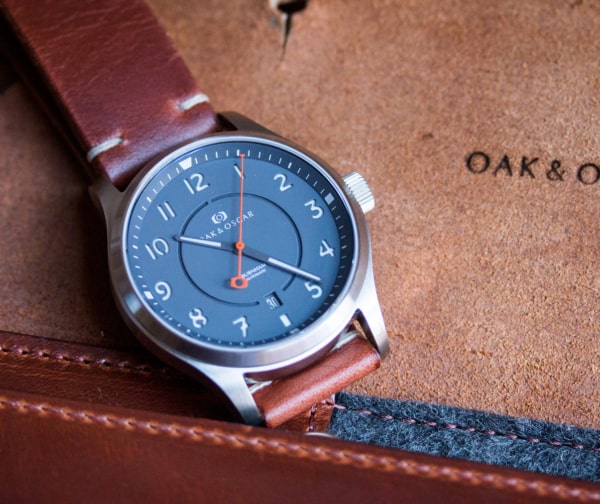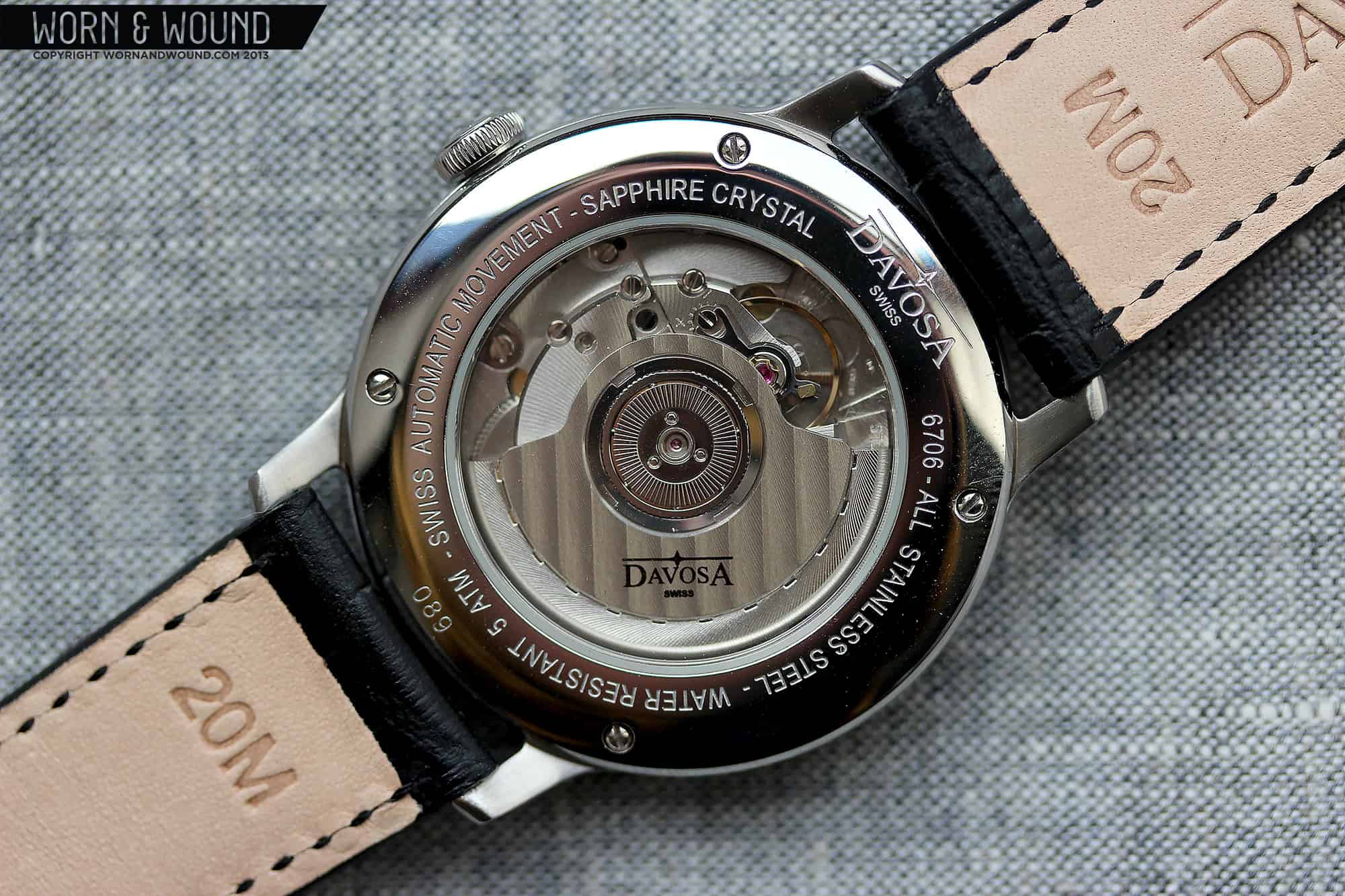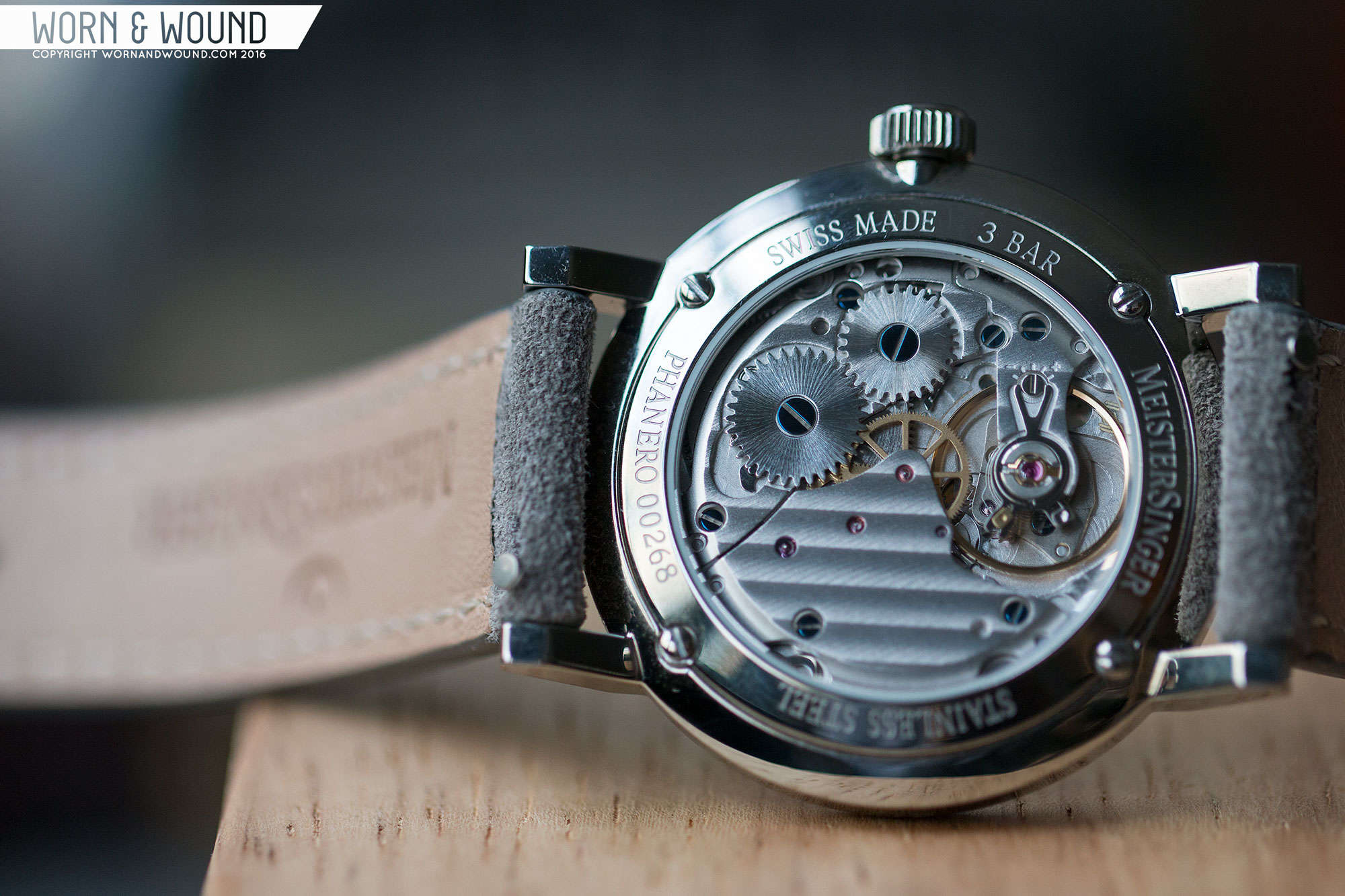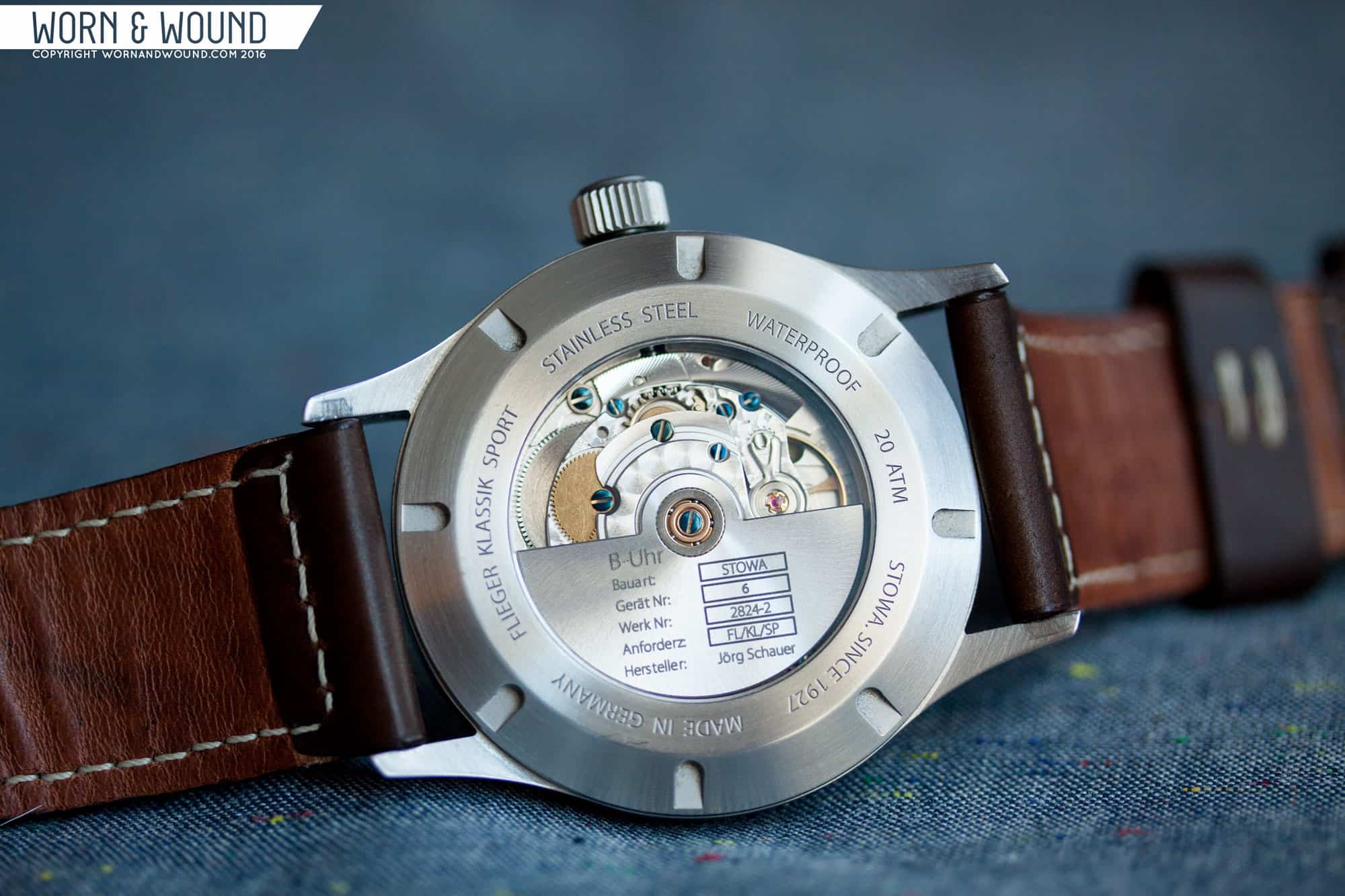Movements (otherwise known as calibers–or calibre, depending on who you ask) are undeniably the heart and soul of a watch. They’re the engines that drive our favorite timekeepers, be they mechanical, quartz, or a magical mix of the two. Today, we’re launching a new series dubbed Caliber Spec that will focus on some of the most common and interesting movement families around. Today, we’re kicking things off with ETA’s 28XX family, which, of course, includes the ever-present 2824.
There are three stages in the lives of most horophiles. In the first, you still have disposable income that doesn’t get spent on watches and you believe that you can get by with just that one, special watch. At this stage, anything with a Swiss movement is fine. “It’s got a Swiss movement—it must be good!”
If you are fortunate, you remain in this state of blissful ignorance. You will still be a normal person with a civilized relationship with your bank manager and a car worth more than the watch on your wrist.
However, if you’re reading this, chances are the addiction has already progressed past this initial, mild and harmless stage. As a nailed-on watch junkie, you will at least know what’s inside the cases of the watches in your collection. You will be able to spout movement specs with the best of them. And you are probably sniffy about ETA, particularly the 28XX series of movements.
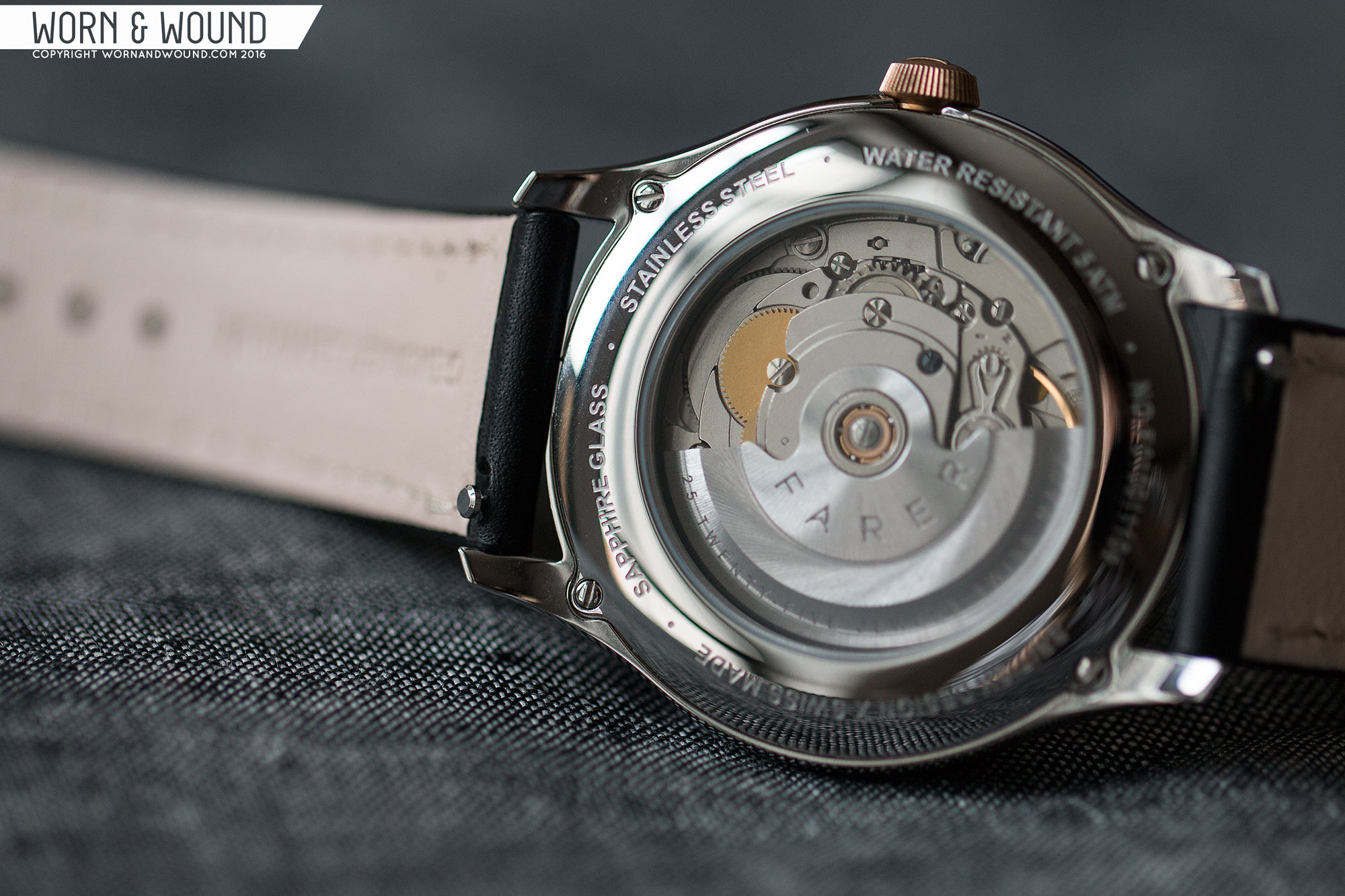
The third stage of enlightenment comes when you start hanging out with watchmakers who regard in-house movements much as mechanics regard any engine made by Maserati; they are utterly beautiful, but a total bloody nightmare. They’ll mutter about spares supply, adjustment horrors, regulation sweats and they’ll probably swear quite a lot. They’ll explain how movements like the common Valjoux 7750 and the ETA 28XX family are actually remarkable and lovely pieces of watchmaking.
And they’re right.
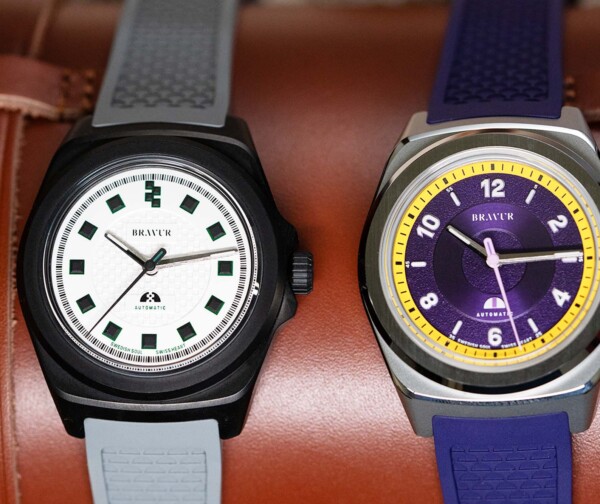


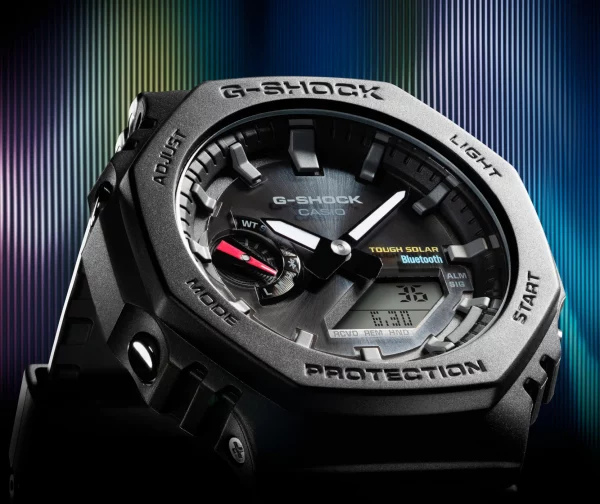

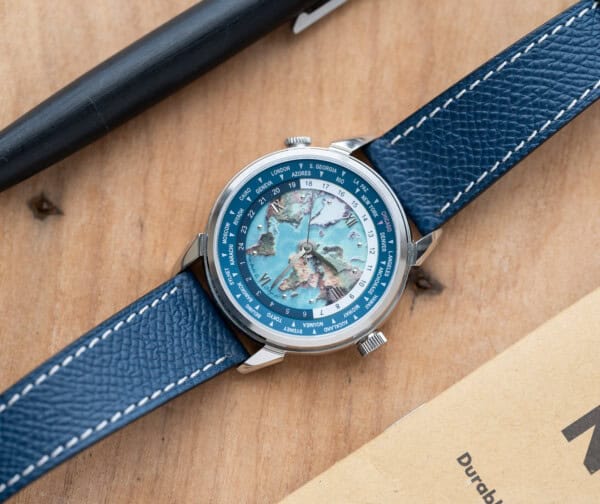



 Featured Videos
Featured Videos




